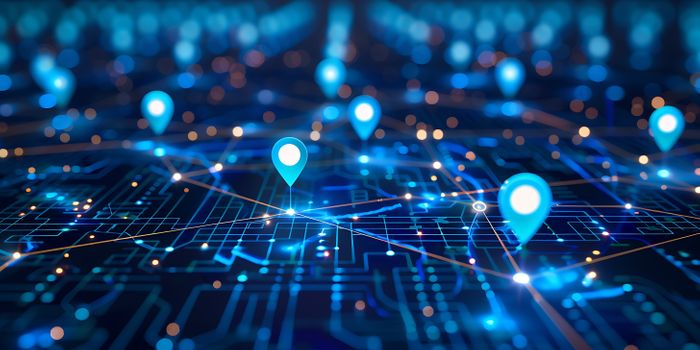Searching for the Secret of Planarians' Regenerative Abilities
There’s nothing particularly striking about planarians on first glance. They are simple tan animals that are only “about the size of toenail clipping,” said researcher Alejandro Sánchez Alvarado. But they are unique - they can regrow their entire body, including their head, from only a bit of their tail. Sánchez Alvarado and colleagues identified a type of cell that plays a major role in that regenerative ability. They determined that by transplanting only one of those cells, a flatworm could tolerate an otherwise lethal dose of radiation. The work has been reported in Cell and is summarized in the video.
“You can imagine using this knowledge to try and coax activity from our own cells – to mitigate some of our maladies,” said Sánchez Alvarado, a Howard Hughes Medical Institute (HHMI) Investigator at the Stowers Institute for Medical Research. “That day is still far down the road, but you’ve got to take steps to get there. This is one of those steps.”
Human stem cells from adults don’t have that kind of power. But by learning how planarians can regenerate, we may one day learn how to repair human cells or potentially stop degeneration caused by disease.
Flatworms have a complex nervous system, which contains most neuronal cell types that are known. In their bodies, two brain lobes are attached to nerve cords that run to the tail, with neurons connecting the cords like ladder rungs. All of those cells can be regrown when a flatworm gets cut to pieces. “These animals can be cut into dozens of fragments, and each and every one will go on to regenerate a complete animal,” said Sánchez Alvarado.
Researchers have long known that pluripotent stem cell clusters called neoblasts were the source of that power. But not every neoblast is the same. Sánchez Alvarado wanted to know more about them. To isolate them, Sánchez Alvarado and colleagues constructed genetic expression profiles for cells that generated high levels of a protein known to be made by neoblasts, PIWI-1.
From that group of 7,000 PIWI-1 expressing cells, the team looked for cells that behaved similarly. One group they nicknamed NB2 was different from the others, and it had not been characterized yet. “We hypothesized that maybe, just maybe, the NB2 cell group might contain the pluripotent neoblasts,” said Sánchez Alvarado.
The team collected the NB2 cells from a pool of neoblasts and transplanted them into planarians that had been exposed to high levels of radiation. Neoblasts are typically killed by radiation, and planarians die within a few weeks of losing the neoblasts. In some cases, only a single NB2 cell was able to rescue irradiated flatworms from death. About a quarter of the NB2 cells saved the irradiated planarians.
Related: Planaria Development Aids Understanding of Regeneration
This research also provides a way for scientists to collect the valuable neoblasts, said stem cell biologist Peter Reddien, an HHMI investigator at the Whitehead Institute for Biomedical Research. “Once these cells can be isolated, one can go in and study them further. That’s going to help us understand how stem cells are driving regeneration in these animals,” he added.
Reddien’s team performed a thorough analysis of neoblasts, which also identified groups of the cells. The work on the planarian transcriptome was reported in Science earlier this year.
Sánchez Alvarado wants to learn exactly how these cells are functioning. “We’ve never seen these cells do what they do,” he said. “I get excited just talking about it.”








